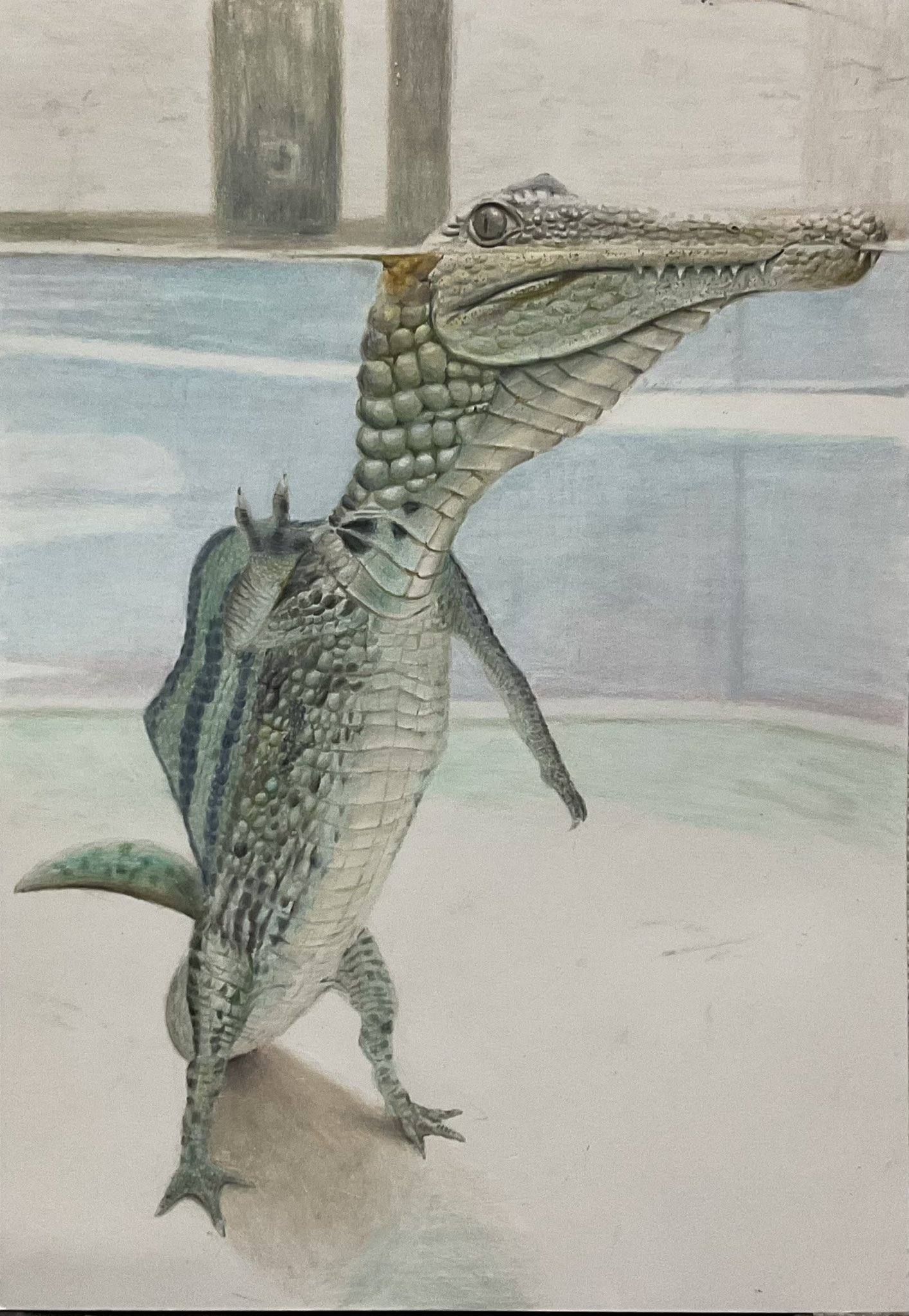Spinosaurus - Images
Spinosaurus


Spinosaurus
Spinosaurus family


Spinosaurus
Spinosaurids swimming


Spinosaurus
Spinosaurus


Spinosaurus
Chonk spino


Spinosaurus
Sailed back savior


Spinosaurus
Curious spino


Spinosaurus
Spinosaurus info sheet


Spinosaurus
Spinosaurus by Steve kirk


Spinosaurus
Gliding spino


Spinosaurus
Spinosaurus and deinocheirus


Spinosaurus
Spinosaurus from the front


Spinosaurus
Spinosaurus blimp


Spinosaurus
Nyan spinosaurus


Spinosaurus
Spinosaurus love


Spinosaurus
Spinosaurus


Spinosaurus
